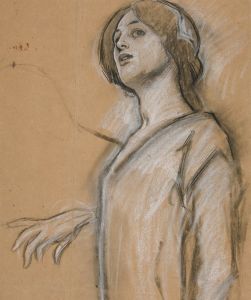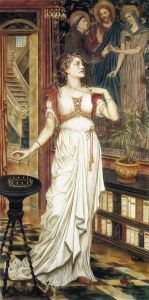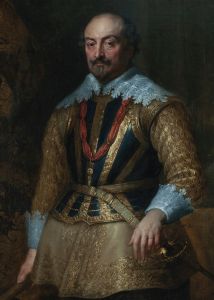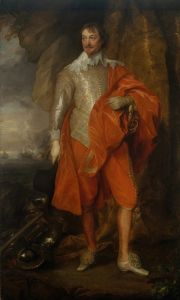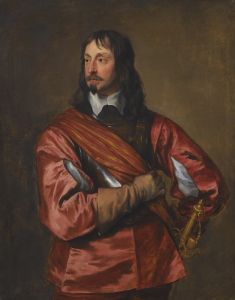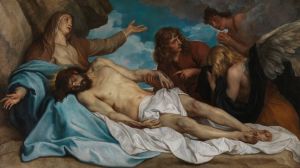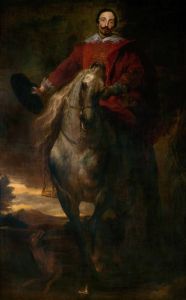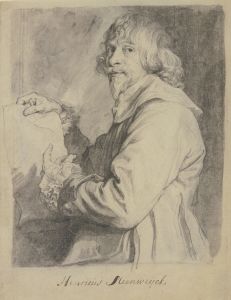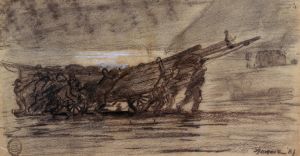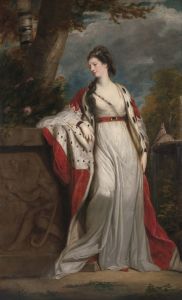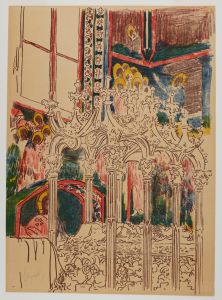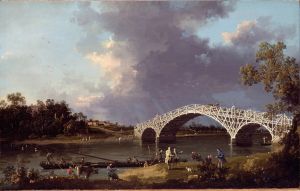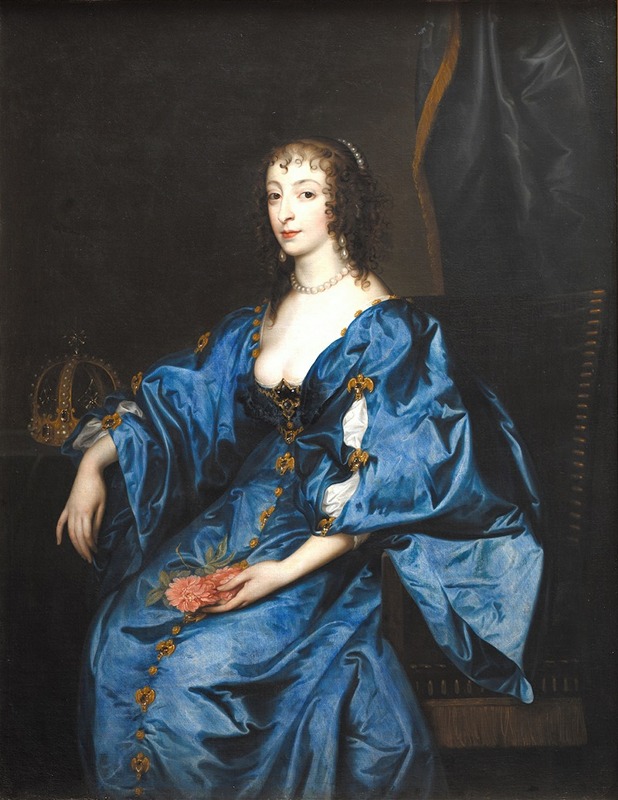
Queen Henrietta Maria of England
A hand-painted replica of Anthony van Dyck’s masterpiece Queen Henrietta Maria of England, meticulously crafted by professional artists to capture the true essence of the original. Each piece is created with museum-quality canvas and rare mineral pigments, carefully painted by experienced artists with delicate brushstrokes and rich, layered colors to perfectly recreate the texture of the original artwork. Unlike machine-printed reproductions, this hand-painted version brings the painting to life, infused with the artist’s emotions and skill in every stroke. Whether for personal collection or home decoration, it instantly elevates the artistic atmosphere of any space.
"Queen Henrietta Maria of England" is a portrait painted by the renowned Flemish artist Anthony van Dyck. Van Dyck, who became the leading court painter in England, was known for his elegant and sophisticated portraits that captured the nobility and grace of his subjects. This particular painting is a testament to his skill and the high regard in which he was held by the English court.
Henrietta Maria of France was born on November 25, 1609, as the daughter of King Henry IV of France and Marie de' Medici. She became Queen of England, Scotland, and Ireland as the wife of King Charles I, whom she married in 1625. Her marriage to Charles I was politically significant, as it was intended to strengthen the alliance between England and France. Henrietta Maria was a Roman Catholic, which was a point of contention in predominantly Protestant England and influenced her role and perception as queen.
The portrait by Van Dyck captures Queen Henrietta Maria during a time when portraiture was a powerful tool for conveying the status and personality of its subjects. Van Dyck's work is characterized by its attention to detail, the use of rich colors, and the ability to convey the texture of luxurious fabrics and the subtlety of human expression. In this painting, Henrietta Maria is depicted with an air of dignity and grace, wearing opulent clothing that reflects her royal status. The artist's use of light and shadow adds depth to the portrait, highlighting the queen's features and the intricate details of her attire.
Van Dyck's portraits often included symbolic elements that conveyed the sitter's status, virtues, or personal interests. While specific symbols in this portrait are not detailed in historical records, it is likely that Van Dyck employed such techniques to emphasize Henrietta Maria's royal stature and her role as queen consort.
The painting is significant not only as a work of art but also as a historical document that provides insight into the life and times of Queen Henrietta Maria. It reflects the cultural and political milieu of 17th-century England, a period marked by religious tensions and the eventual outbreak of the English Civil War. Henrietta Maria's Catholic faith and her influence on Charles I were factors that contributed to the political unrest of the time.
Anthony van Dyck's portrait of Queen Henrietta Maria is housed in various collections, with several versions and copies existing due to the popularity of the queen and the artist's prominence. The painting remains an important piece for understanding the art and history of the Stuart period in England. Through this portrait, viewers can appreciate the artistry of Van Dyck and gain a glimpse into the life of one of England's most intriguing queens.





